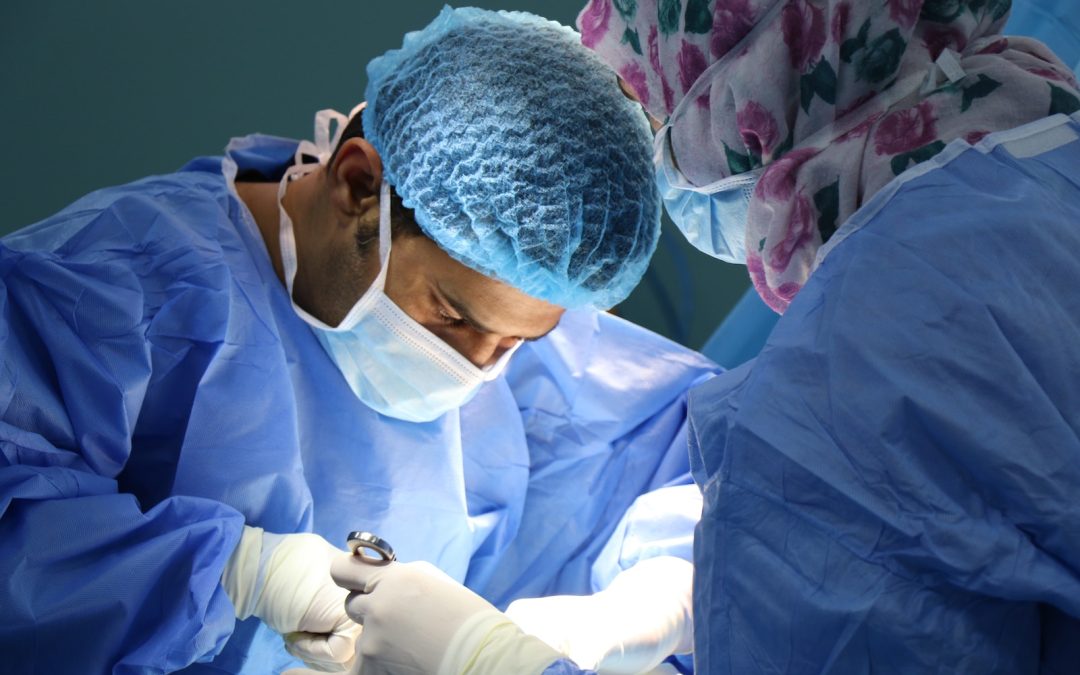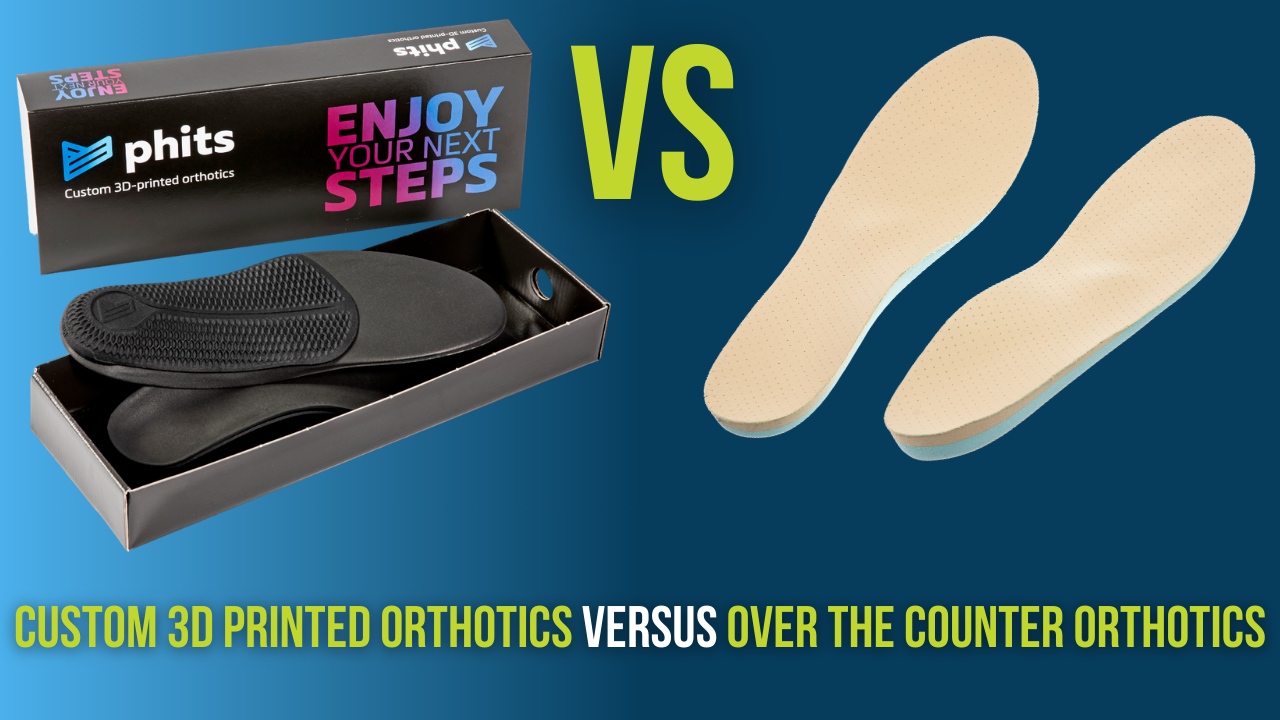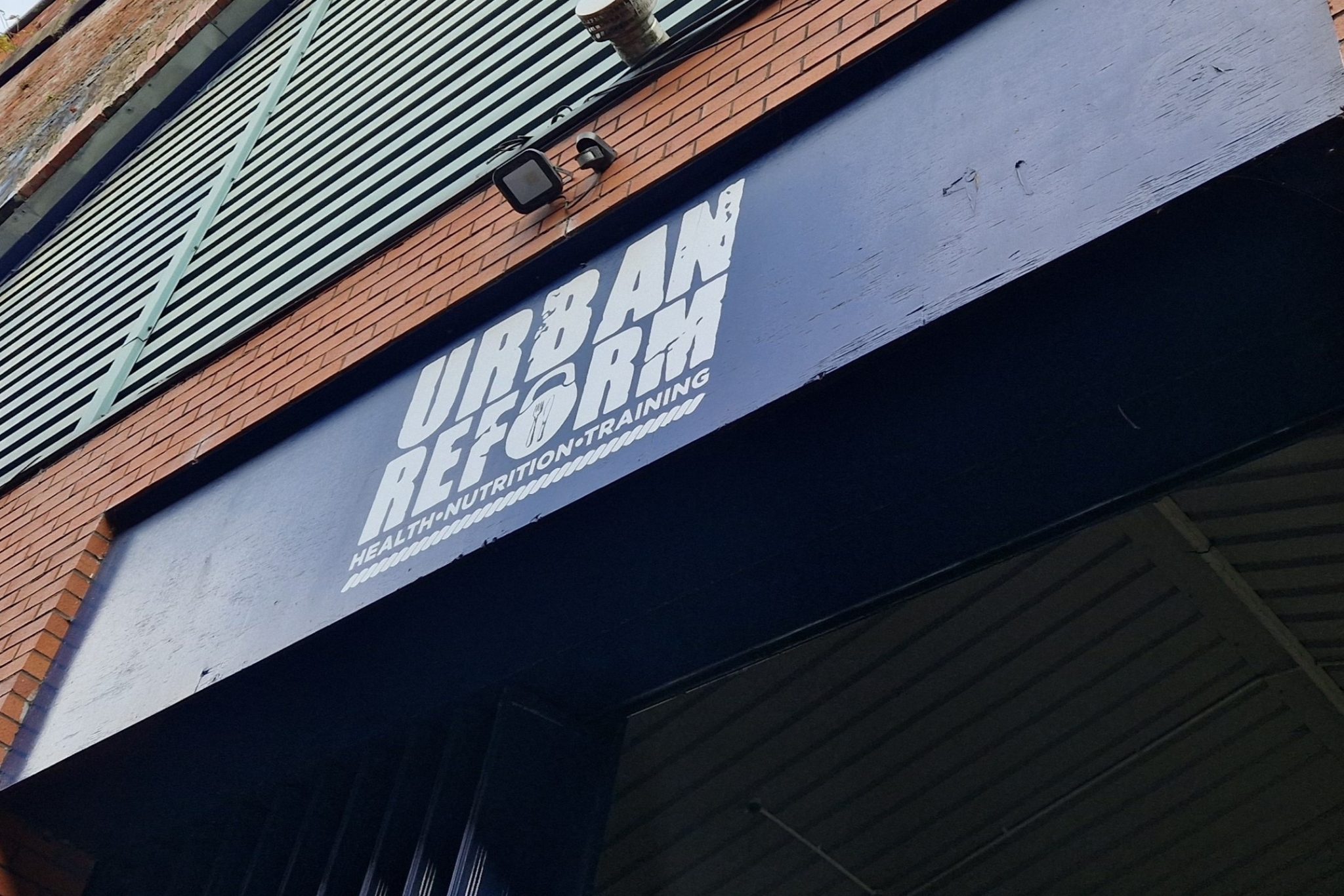post-surgical rehabilitation: restoring function for you
After going through the process of surgical intervention for an injury, the most appropriate rehabilitation and physiotherapy is vital in restoring function and regaining independence.
This blog will outline the ways that post surgical physiotherapy can assist you and break down the aims and benefits of each stage of post-surgical physiotherapy. This advice is general to most post-surgery physiotherapy, however, more specific guidelines and advice may be followed based on individual post-surgical protocols.
For the ease of this blog, an example of post shoulder surgery is going to be used, but the general concepts of each stage of post-surgical physiotherapy can be applied to a lot of surgeries.
The main aims of post-surgical physiotherapy are to reduce pain, improve movement and mobility, regain strength and stability, assist recovery to post-surgical function (or function that is a better quality than pre-surgery), and regaining independence. Regaining independence comes under many forms, including, independent self-management away from your clinician, independence from pain, and independence from restriction in function with every-day activities and hobbies.
In this video, our practitioner Laura demonstrates examples of post shoulder surgery exercises. Showing a range of exercises from first to end stage rehabilitation. All these exercises are prescribed on an individual basis, considering how a client presents at assessment and how they are progressing, only increasing the difficulty or complexity of an exercise in line with factors such as; healing, pain management, ability and confidence of the client.
FIRST STAGE REHAB: POST-SURGERY
During the first stage of post-surgical physiotherapy one of the main aims is to assist with controlling pain, and to advise and educate patients on the best methods for this. We give patients advise on using supports such as pillows in bed to help with pain when trying to sleep, and how a patient can make themselves as comfortable as possible during the day.
Along with the advice that has been given before discharge, we can help to advise patients on taking regular pain relief which is very important during the initial stages of recovery. In addition to controlling pain, another main aim is to start to regain movement and to start to keep the patient as mobile as possible. In some cases, early movement is very important for optimum recovery, so we focus on restoring early stage movement within a patients pain range as much as possible.
As mentioned before, controlling pain is very important for this stage of post surgical treatment, as it enables the patient to move as effectively as possible. Some examples of early stage post surgical exercises are: Pendulum swings, active assisted shoulder flexion and abduction and scapula setting.
Exercise examples
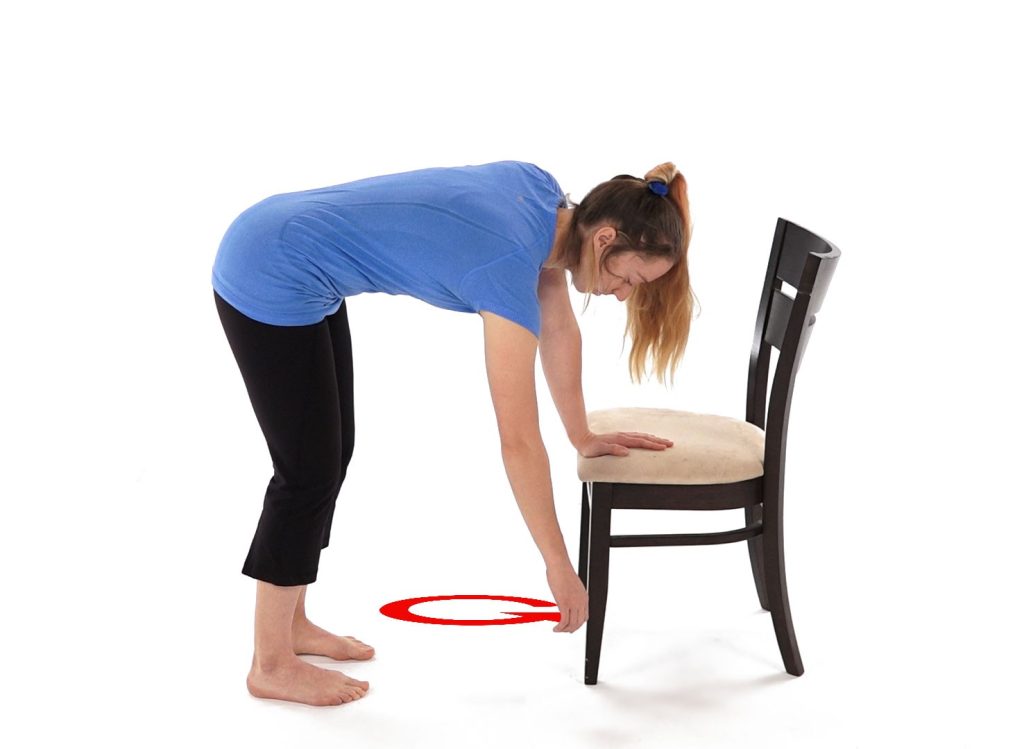
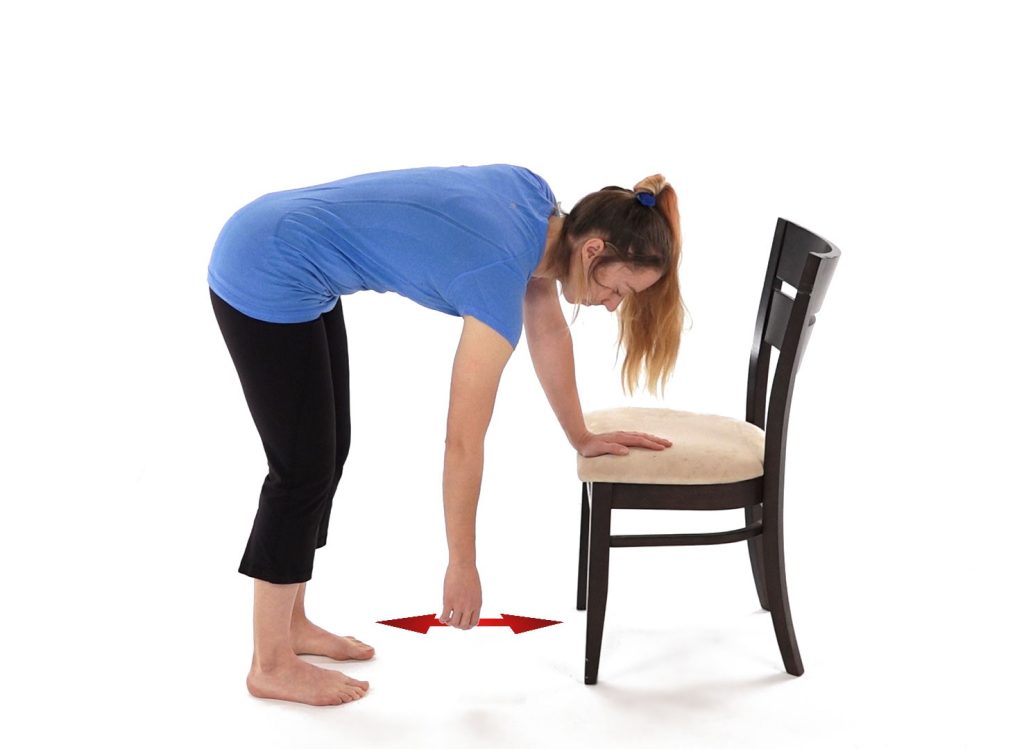
1. Pendulum swings are a great way to start early range movement within a joint, and prevent too much stiffness around the shoulder if it is being immobilised in a sling. These are best performed at regular intervals and within the limits of pain.
2. Active assisted flexion and abduction (the second exercise in the previous video) are also great ways to facilitate safe and effective early stage movement. These can be done lying down on the bed or stood up, and using a stick/brush handle to assist the injured area with movement with the help of the opposite arm. These are done regularly, and well within the levels of pain a patient is in. They are also often done up to a certain specific range, and then on to full range of movement when it is allowed at the right time following a procedure.
3. Scapula setting is often a great exercise to introduce to a rehabilitation programme following shoulder surgery. This will give a great start to mid stage rehab because it encourages shoulder stability and early activation and the local stability muscles around the scapula and shoulder joint. Then, when it comes to mid stage rehab, there is already a level of local stability around the shoulder.
mid stage post-surgical physiotherapy
Local and global stability and strength of a joint is then very important as we move through to mid stage post surgical physiotherapy. As we have regained range of movement (ROM) that is at a low level of pain, we can start to add more strength to the surrounding area. We often give exercises using a resistance band, cable or dumbbell/kettle bell for added resistance to your exercises. The increase of strength and stability will assist towards more functional strength at the end stage of post surgical physiotherapy.
Some examples of mid stage post surgical therapy are face pulls using a cable or band, internal and external rotation with a band, and a barrell hug. These exercises all focus on stability muscles around the shoulder such as the serratus anterior, lower trapezius and the rotator cuff muscles. Making sure that the posterior aspect of the scapula and shoulder and thoracic spine are strong prevents an overload of the anterior aspect of the shoulder, which can be common after shoulder surgery.
exercise examples
1. Face pulls are done either with a band or cable, and are advised to do in a very slow and controlled way. Making sure the scapula control is maintained throughout the whole exercise is important, as to strengthen and maintain activation of the correct muscles.
2. Barrell hugs (the first exercise in the initial video) are a great way to activate the serratus anterior which plays a big role in stabilising the scapula through protraction and retraction. These are easy to do at home without any gym equipment so they are great for a patient to do at home.
3. Internal and external rotation can be done using a variety of equipment such as resistance bands and dumbells. They are also a great exercise to do because they can be done at a variety of ranges of the shoulder, dependant on pain, and stage of recovery.
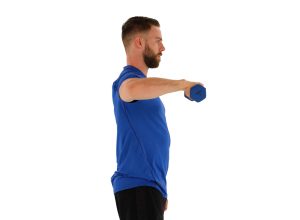
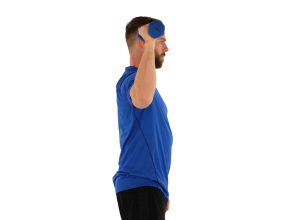
END STAGE REHABILITATION
When a patient has got through a good amount of recovery time, and sufficient healing has taken place (this is dependant on each surgery), and when the clinician suggests it is appropriate to do so, the rehabilitation can be taken through to what we call end stage rehabilitation. This is very much based on strength and dynamical exercises, which will further regain and enable post surgical function.
When we are considering a patients job/hobbies/daily tasks, that is when we can make their end stage rehabilitation specific and functional to them. For example, if a patient has to do a lot of overhead lifting at work, we make their exercises specific to that, and make sure they are strong doing those types of movement, so then when the patient goes back to that function the joint is robust enough to take those movements repetitively.
The clinician may add some dynamic explosive movements to further make the area as robust as possible. It is suggested that if the post operative area is strong and robust enough to complete some of these dynamic movements then they definitely will be strong and robust for every-day activity and sports.
Exercise examples
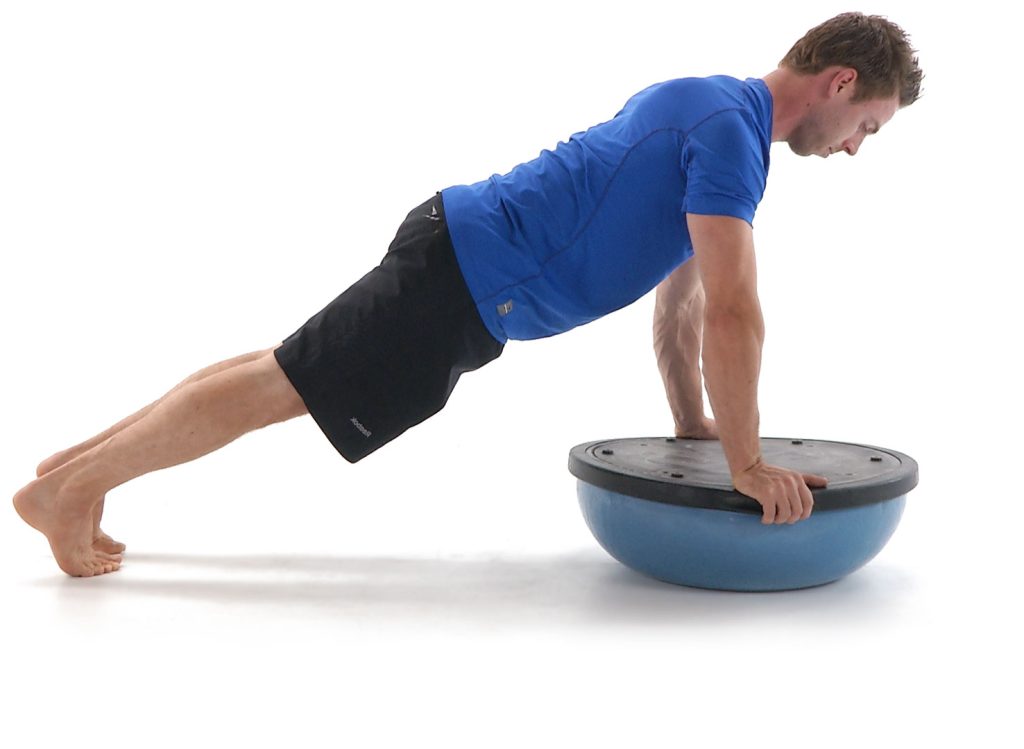
Some examples of later stage post surgical physiotherapy exercises are press-ups off different heights of a box, or using a bosu ball for added instability. You can see an example in our earlier video using a bosu.
Incorporating a lunge or squat type movement to a overhead press (or single arm overhead press for a more specific exercise) is a great way to increase specific functional strength at the end stage of rehabilitation.
In Conclusion...
The above stages briefly outline how your clinician will work with you in a controlled and safe manner, and will consider your personal specific needs when taking you through each stage of post-surgical physiotherapy to ensure you have an optimal recovery and restore your function in the most effective way possible.
If you wish to seek further help or speak to a practitioner about any of the above, call us on 0800 731 2738 or book online here.
You can also view all the services we provide within our clinics on our website, as well as checking out our other blogs and content.
For more free tips and information, make sure to follow our Facebook and Instagram pages. We also post client stories, so you can see how we’ve helped people get back to doing the things they enjoy!
